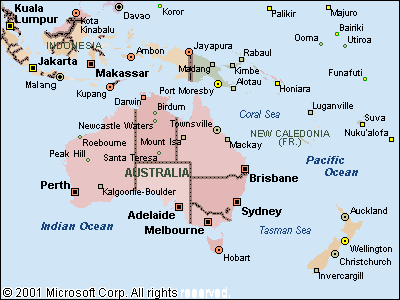 This graphic from the NWS Alaska Region web site shows how cold Arctic air is affecting the development of the massive east coast storm. This cold air is being drawn into the storm circulation's southwestern quadrant, helping to maintain the storm intensity over land now that it is not tropical in nature. One of the mechanisms that drives cyclone development is large temperature differences. That is why we often have strong mid-latitude storms in the spring and fall - the transition periods between summer and winter when temperature contrasts can be large. The cold air drawn in to the west side of the current storm is producing the winter storm conditions over West Virginia, Virginia, and western North Carolina. CoCoRaHS observers in those areas were already reporting snow starting to fall this morning. Here is a map of the latest watches and warnings from the Charleston, WV National Weather Service office. Two feet of wet snow is expected at the highest ridge tops in the central Appalachians.
This graphic from the NWS Alaska Region web site shows how cold Arctic air is affecting the development of the massive east coast storm. This cold air is being drawn into the storm circulation's southwestern quadrant, helping to maintain the storm intensity over land now that it is not tropical in nature. One of the mechanisms that drives cyclone development is large temperature differences. That is why we often have strong mid-latitude storms in the spring and fall - the transition periods between summer and winter when temperature contrasts can be large. The cold air drawn in to the west side of the current storm is producing the winter storm conditions over West Virginia, Virginia, and western North Carolina. CoCoRaHS observers in those areas were already reporting snow starting to fall this morning. Here is a map of the latest watches and warnings from the Charleston, WV National Weather Service office. Two feet of wet snow is expected at the highest ridge tops in the central Appalachians.As of 7:00 p.m. EDT the eye of now post-tropical storm Sandy was about 20 miles off the southern New Jersey coast. The storm had weakened slightly from earlier today, but still packs a knockout punch.
 |
| Radar mosaic for the northeastern U.S. at 6:58 p.m. EDT |












































